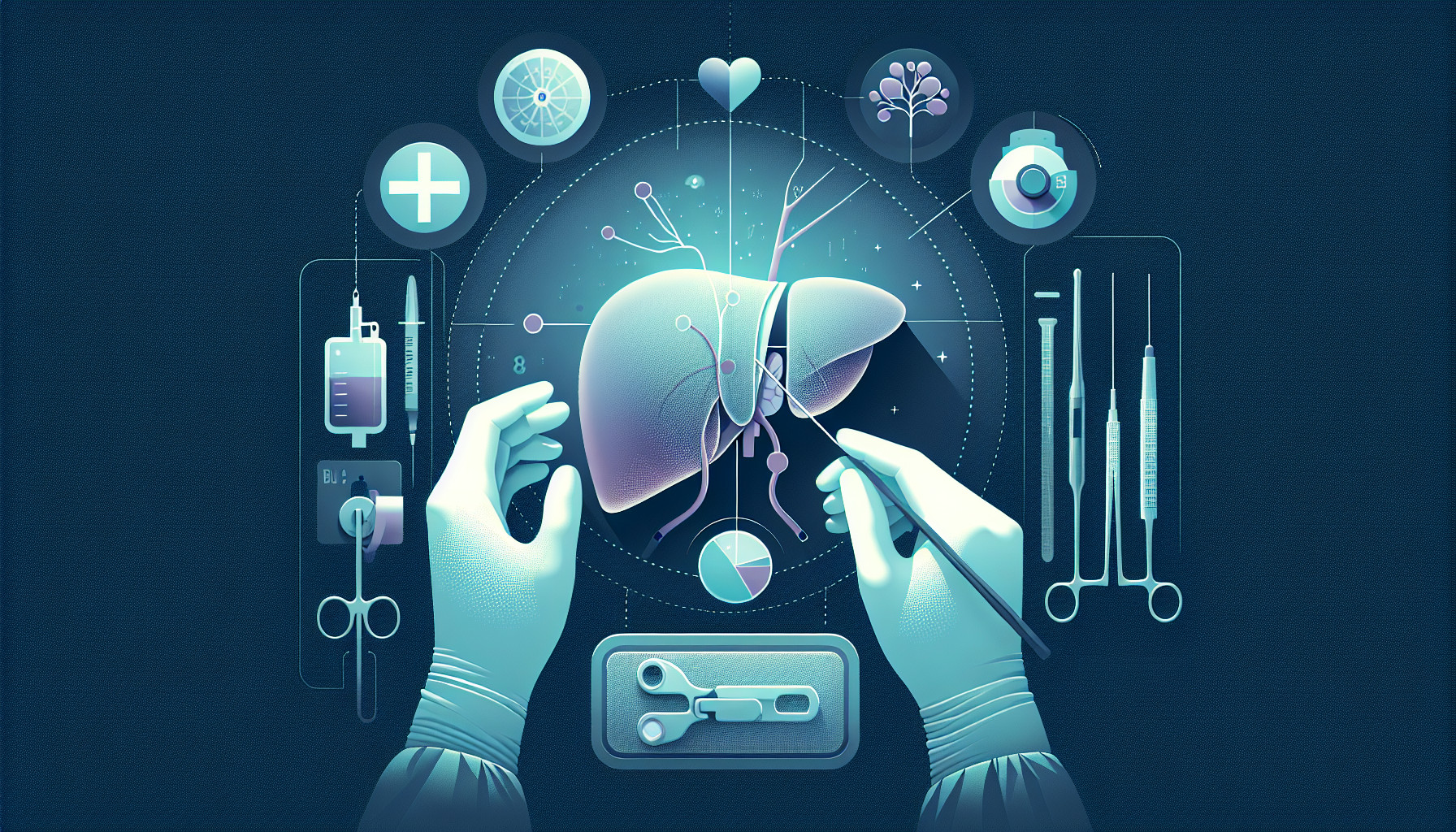Our Summary
This research paper investigates how the immune system of children who have had a liver transplant responds to the cytomegalovirus (CMV), a common virus that can cause serious problems in people with weakened immune systems.
After a liver transplant, children are given medication to suppress their immune system and prevent it from attacking the new organ. However, this also leaves them more vulnerable to infections like CMV. In the study, the researchers monitored the children’s immune response to CMV from the start of this medication until 48 weeks after the transplant.
They found that nearly half of the children (20 out of 41) had a level of CMV in their blood that required treatment. Most of these children didn’t show symptoms of the virus, and it usually appeared about 7 weeks after the transplant. After treatment, the CMV rarely came back.
The researchers also found that the children who had higher CMV levels in their blood had a weaker immune response, specifically from a type of immune cell called CD8+ T cells. Additionally, those with CMV had fewer of another type of immune cell, CD4+ T cells, 12 weeks after the transplant.
Despite the medication to suppress the immune system, the researchers found that the children’s immune systems were still able to respond to CMV. This could help protect against the virus coming back after treatment.
FAQs
- What is the cytomegalovirus (CMV) and why is it a concern for children who have had a liver transplant?
- Did the researchers find a correlation between higher levels of CMV and a weaker immune response in children after a liver transplant?
- Despite the medication to suppress the immune system, can the children’s immune systems still respond to CMV after a liver transplant?
Doctor’s Tip
A doctor may advise a patient undergoing a pediatric liver transplant to be vigilant about monitoring for signs of infection, especially for viruses like CMV. They may recommend regular blood tests to check for any signs of CMV reactivation and to assess the immune response. It’s important for the patient to follow their medication regimen closely to prevent any complications post-transplant. Additionally, the doctor may recommend avoiding contact with individuals who are sick to reduce the risk of infections. Regular follow-up appointments with the transplant team will also be crucial in ensuring the success of the liver transplant.
Suitable For
Overall, pediatric liver transplant patients are typically recommended for liver transplantation if they have end-stage liver disease, acute liver failure, or certain metabolic disorders that cannot be managed with medications or other treatments. These patients may also have conditions such as biliary atresia, autoimmune hepatitis, or liver tumors that require a liver transplant for survival.
It is important for pediatric liver transplant patients to be closely monitored for infections like CMV, as their immune systems are weakened due to the immunosuppressive medications they are taking to prevent organ rejection. This research highlights the importance of monitoring the immune response to infections in pediatric liver transplant patients, as it can help healthcare providers better understand how to prevent and treat these infections in this vulnerable population.
Timeline
Overall, the timeline of a patient before and after a pediatric liver transplant can be summarized as follows:
Before transplant:
- Child is diagnosed with liver disease and deemed a candidate for transplant
- Child undergoes evaluation and testing to determine eligibility for transplant
- Child is placed on a waiting list for a suitable donor liver
- Child may experience symptoms of liver disease and potentially deteriorating health
After transplant:
- Child undergoes surgery to receive the new liver
- Child is placed on medication to suppress the immune system and prevent rejection of the new organ
- Child is monitored for signs of infection, rejection, and other complications
- Child undergoes regular follow-up appointments and testing to monitor the success of the transplant
- Child may need additional treatments or interventions to manage complications that arise
In the case of the study on CMV infection post-transplant:
- Child may develop CMV infection, which is monitored and treated as needed
- Child’s immune response to CMV is studied to understand how the immune system functions post-transplant
- Researchers observe changes in specific immune cell populations in response to CMV infection
- Findings suggest that despite immunosuppression, the immune system is still able to respond to and control CMV infection
Overall, the timeline of a pediatric liver transplant involves a complex series of events before and after the surgery, including monitoring for complications like CMV infection and studying the immune response to such infections.
What to Ask Your Doctor
Some questions a patient should ask their doctor about pediatric liver transplant include:
- What is my child’s risk of developing infections like CMV after a liver transplant?
- How will you monitor my child’s immune response to CMV post-transplant?
- What symptoms of CMV should I watch for in my child?
- What treatment options are available if my child develops CMV post-transplant?
- How will the medication to suppress my child’s immune system affect their ability to fight off infections like CMV?
- Are there any precautions or lifestyle changes my child should follow to reduce their risk of infections post-transplant?
- How often will my child need to follow up with their healthcare team after the transplant to monitor for infections like CMV?
- Are there any additional vaccinations or medications my child may need to prevent infections post-transplant?
- What is the long-term outlook for my child’s immune system post-transplant, particularly in relation to infections like CMV?
- Are there any support resources or additional information available for parents of children undergoing a liver transplant to help manage potential complications like infections?
Reference
Authors: Getsuwan S, Apiwattanakul N, Lertudomphonwanit C, Hongeng S, Boonsathorn S, Manuyakorn W, Tanpowpong P, Anurathapan U, Tangnararatchakit K, Treepongkaruna S. Journal: Viruses. 2023 Nov 4;15(11):2213. doi: 10.3390/v15112213. PMID: 38005890
